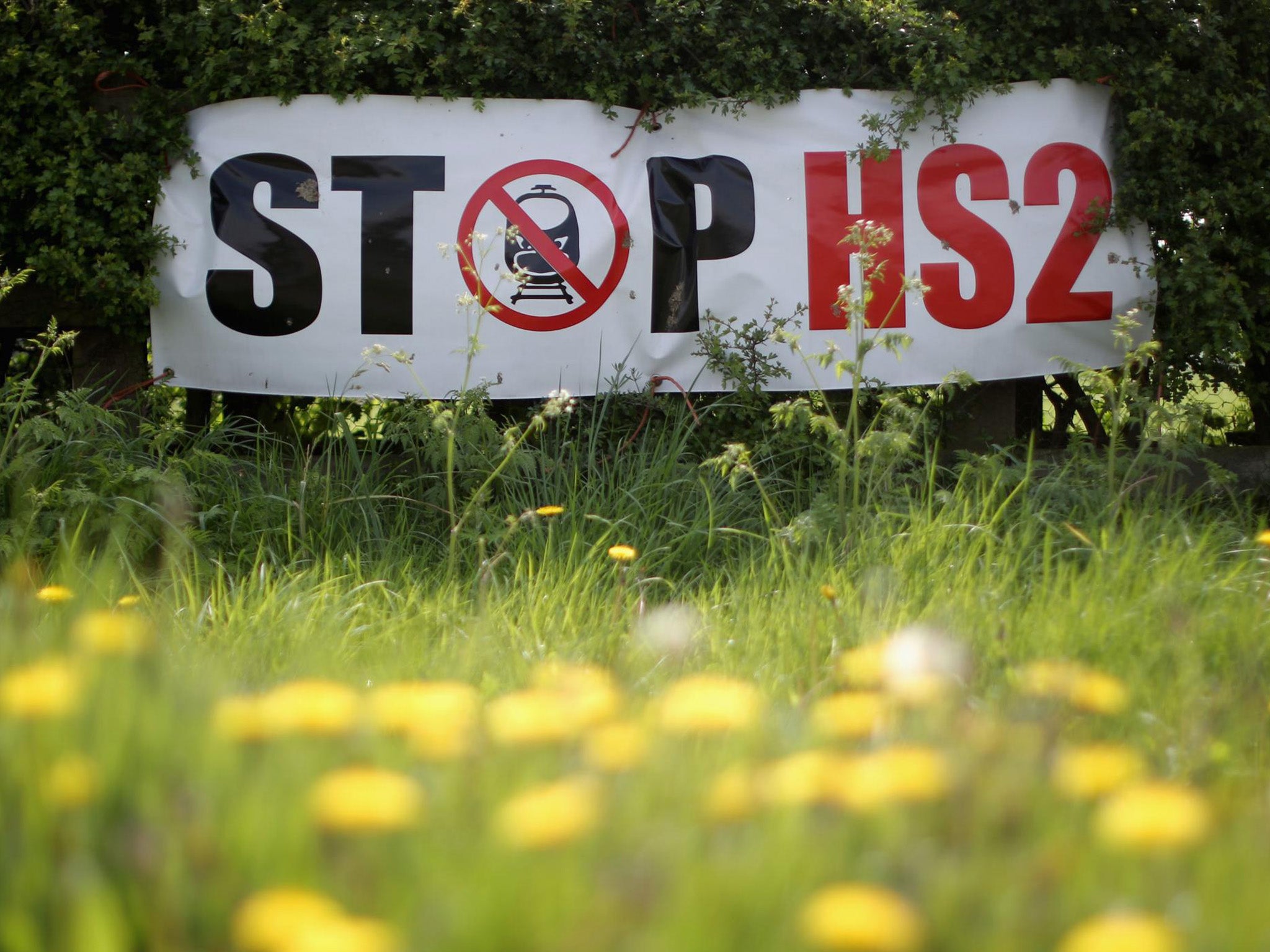HS2 accused of inadequate planning as company prepares to commit ‘unacceptable’ damage to wildlife
‘On the evidence we have been given, this phase will result in an unacceptable level of damage to wildlife along the route’

Wildlife experts have accused the company behind HS2 of failing to make adequate environmental preparations as it plans to build over irreplaceable habitats.
The Wildlife Trusts say the new railway will cause “unacceptable” damage to nature, without sufficient efforts to conserve the woodlands and endangered species that will be harmed.
As a public consultation into the environmental impact of the scheme comes to a close, the organisation have urged the government-owned company to increase efforts to restore threatened wild places.
They also called on HS2 Ltd to save habitats like wetlands and ancient woodlands, which take hundreds of years to form and are considered irreplaceable.
The company’s own figures show the latest phase under consideration will impact over 100 important wildlife sites.
Among these are 19 ancient woodlands, 12 sites deemed significant by scientists, and the homes of vulnerable species including lizards, hares and water voles. The company is obliged to make an attempt to restore or replace areas it harms.
Yet in its plans for Phase 2b of the railway, covering 176 miles from Crewe to Manchester and the West Midlands to Leeds, campaigners said it was difficult to see how they would compensate for the damage.
“HS2 Ltd’s work on this latest phase of the HS2 route is derisory in its assessment of the environmental impact,” said Katherine Hawkins, senior living landscapes officer at The Wildlife Trusts.
“It is incomplete, there isn’t enough detail, there are significant omissions, it lacks sufficient proposals to compensate for nature’s loss, and to make matters even worse, there’s very little information about the impact on species.
“On the evidence we have been given, this phase will result in an unacceptable level of damage to wildlife along the route.”
Ms Hawkins highlighted the Great Manchester Wetlands Living Landscape as one of the essential wild areas under threat the current environmental statement appears to overlook.
“It’s almost as if it doesn’t exist,” she said.
The group also took issue with the company’s commitment to “no net loss” of wildlife.
They noted that with over half of British species already in decline, large developments like HS2 must commit to “net gain”, as recommended by government planning guidance.
“The government has committed in their 25-year environment plan to embed an environmental net gain in development,” explained Rachel Hackett, living landscapes development manager for the trusts.
HS2 has previously come under fire after it emerged that the route would destroy hundreds of homes and businesses. Campaigners accused those behind the project of opting for a more damaging route to keep costs down.

Responding to the accusations, a HS2 Ltd spokesperson said: “HS2 aims to be one of the most environmentally responsible infrastructure projects ever delivered in the UK.
“We are committed to reducing the potential impact on the natural environment and aim to build a railway that supports new wildlife habitats, woodlands and community spaces which future generations can enjoy.”
“Local communities and The Wildlife Trusts have a huge role to play. Their feedback will help us to design and build the best possible railway, and we encourage them to have their say and take part in the public consultation.”
The Trusts say they will make their views known in the consultation, which closes on Friday. Among their recommendations for a greener approach to the project were wide strips of wild countryside established on either side of the new line.
Join our commenting forum
Join thought-provoking conversations, follow other Independent readers and see their replies
Comments
Bookmark popover
Removed from bookmarks